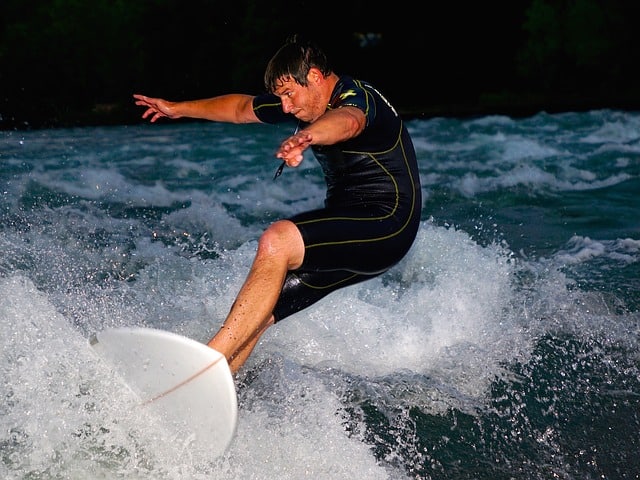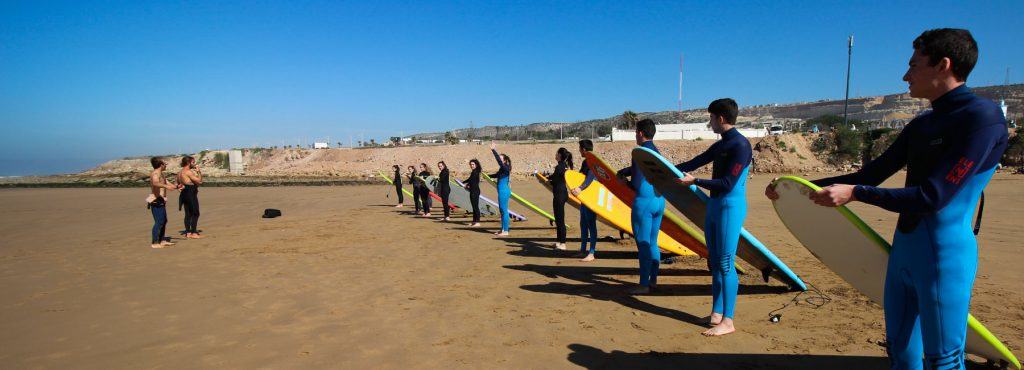The wetsuit is not a fundamental element for surfing, but it is definitely recommended if you are going to have a good time enjoying your favorite sport. In addition wetsuits allow you to surf longer and more comfortably in cold water.
Wetsuit is an element that will last long, so we must choose it carefully. We must find the wetsuit that best meets our needs, and for that we must take into account the following recommendations:
Type of wetsuit
 There are different types of wetsuits. The most common and surely the most you have seen are those with sleeves and legs covered. But there are more variations, which are:
There are different types of wetsuits. The most common and surely the most you have seen are those with sleeves and legs covered. But there are more variations, which are:
– Shorty: Sleeves and short legs. This type is the perfect wetsuit for summer, for warm waters. For its flexibility you can feel the surf in a special way. Keeps the body warm without passing heat.
– Springsuits: long sleeves and short legs. It is another type of short wetsuit, recommended for waters above 20º.
– Convertible: Short sleeves and long legs. With this wetsuit you will be able to surf in temperate waters. This model is used quite often among professionals. It allows you to paddle more comfortably while keeping legs and calves protected.
– Full or steamer: long sleeves and legs. The most chosen model. It is manufactured in different thicknesses so you can use it in different temperatures.
– Hooded: full wetsuit model with hood.
Thickness of the neoprene according to the temperature
The thickness of the neoprene varies according to the models. The most important thing is that you choose your neoprene model depending on the area in which you surf and the season of the year.

– up to 10 degrees: Use full wetsuit. The recommended thickness is 5 / 4mm, although if the water is too cold you can use a thicker wetsuit.
– From 10 -15 degrees: You can use the convertible model. The thickness for these temperatures is 5 / 4mm. If you wear wetsuit in summer you can also think of a thickness of 4 / 3mm.
– From 15 to 18 degrees: It is advisable to use shorty wetsuit and spingsuits with a thickness of 3 / 2mm.
– From 18 degrees: we recommend the shorty type with 3 / 2mm thickness. If the temperature is higher than 22 degrees you can think of a thickness of 1mm and even in shirt and lycra swimsuit.
Wetsuit with or without zip
The difference between these two types of wetsuits is that with a zip, more water enters the suit, but at the same time it is easier to put it on. There are 4 types of closure that are:
– zip on the back
– zip on the chest
– zip on the front
– without zip

If you follow this little guide you can have a better idea of what wetsuits you need. Keep in mind before buying your wetsuit all these characteristics and the area where you usually surfing. If you usually move into different areas think of a wetsuit for all cases or you can buy two wetsuits that fit what you need.
In any case, remember that if you come to our Surf Camp in Morocco we have several models available that you can rent. It is not necessary that you come with it. We also offer you all the material you need, just come and enjoy!
Main Photo By Nacho

